What Your Feet Say About Your Health
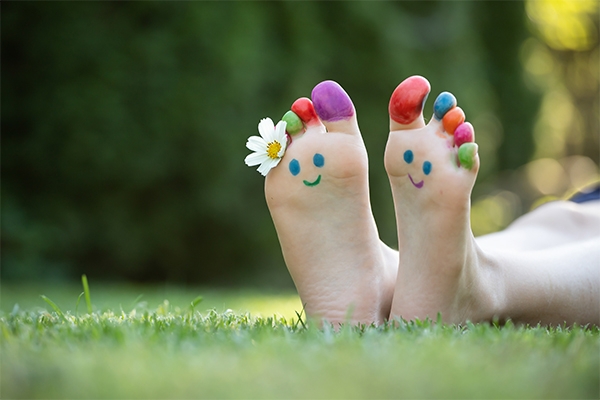
Feet are often one of the most neglected parts of the body, even though they play a vital role in movement and balance. We usually only pay attention to them when they hurt, from bruises, sprains, or even fractures. But did you know that your feet can also reflect your overall health?
The feet contain nerve networks connected to the brain and blood vessels that originate from the heart.
Because of this, many health problems in the body can leave visible signs on the feet, including cardiovascular disease, nerve disorders, and systemic infections.
Here are several foot conditions that may signal early signs of health problems:
1. Swollen and painful big toe
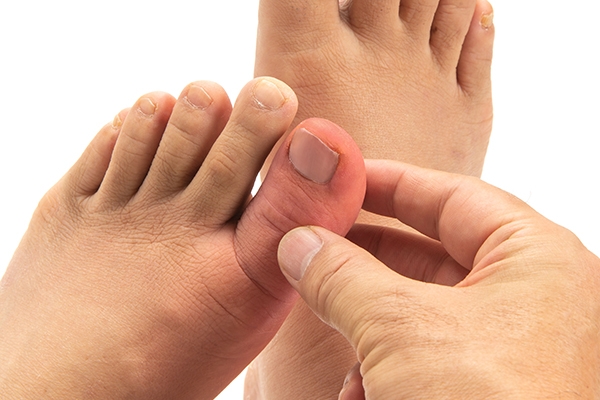
The big toe plays an important role in balance and mobility.
When it suddenly becomes swollen and painful, the causes may include:
- Gout: According to the National Institute of Arthritis and Musculoskeletal and Skin Diseases, gout attacks often start in the big toe. It occurs due to uric acid crystal buildup in the joints.
- Arthritis
- Injury or ingrown toenail
- Local bacterial or fungal infection
Sharp pain, swelling, and warmth around the joint are common signs.
2. Ankle pain
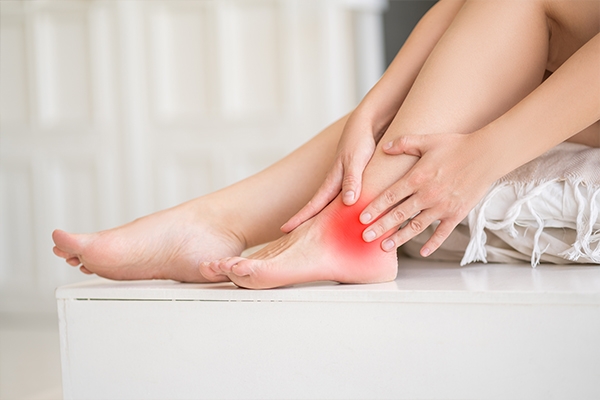
Pain around the ankle may be caused by:
- High uric acid levels
- Vitamin D deficiency, which affects bone and joint strengthUnexplained pain, especially in the morning, could indicate early joint inflammation.
3. Tingling or numbness
Frequent tingling in the feet or toes can be a sign of:
- Peripheral neuropathy, often caused by diabetes
- Vitamin B12 or vitamin E deficiency
- Autoimmune disease or chronic infection
Other symptoms may include burning sensations, loss of balance, or dry and discolored skin.
4. Spider veins
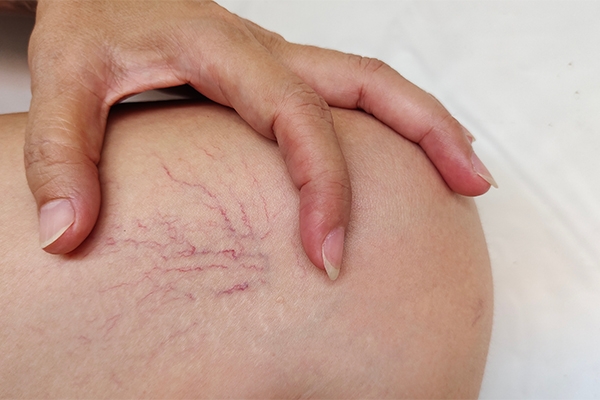
Small, web-like veins may appear due to:
- Standing for long periods
- High estrogen levels (for example, from birth control pills or pregnancy)
- Reduced liver function
While usually harmless, spider veins can indicate early circulation problems.
5. Cracked heels
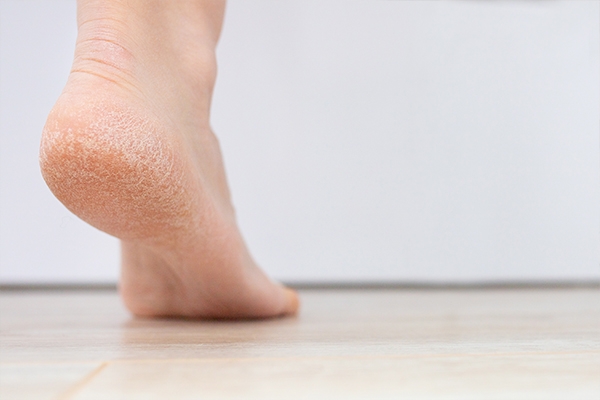
Dry, cracked heels may point to:
- Vitamin B3 (niacin), B7 (biotin), or iron deficiency
- Low omega-3 intake
- Chronic skin conditions such as eczema or psoriasis
6. Cold feet
Constantly cold feet may result from:
- Poor blood circulation, often linked to high blood pressure or smoking
- Anemia
- Hypothyroidism
- Diabetic neuropathy
7. Heel pain
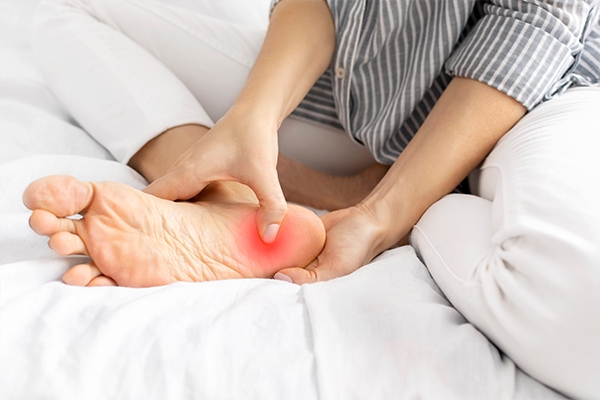
Heel pain — especially in the morning or after sitting for a long time — may be caused by:
- Plantar fasciitis
- Deficiency in vitamin D, calcium, or magnesium
Excessive exercise, ill-fitting shoes, arthritis, and tendonitis can also cause heel pain. Less common causes include bone spurs, bone infection, tumors, or fractures.
8. Muscle cramps
Sudden cramps or spasms may be triggered by:
- Dehydration
- Electrolyte imbalance (low potassium, magnesium, or calcium)
- Hormonal imbalance
- Poor circulation or muscle fatigue
If cramps happen frequently, consult a doctor to identify the cause.
9. Yellow or white toenails
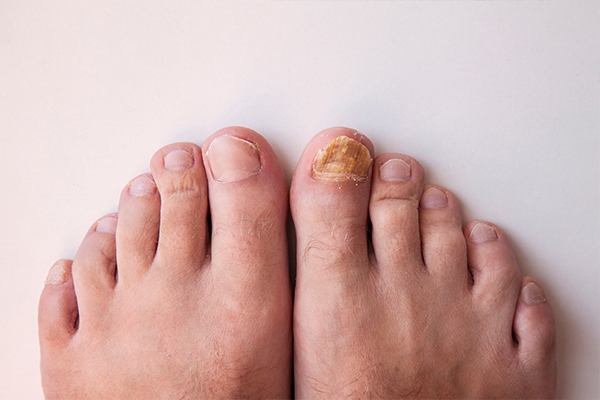
Changes in toenail color can signal:
- Fungal infection (the most common cause)
- Lung disease, rheumatoid arthritis, or lymphedema
- Heart, kidney, or liver disease (especially when the nail turns pale or white)
10. Clubbed toes
Rounded or enlarged toe tips can indicate:
- Chronic lung disease
- Heart, liver, or digestive problems
If the shape change develops gradually and is accompanied by shortness of breath or fatigue, seek medical advice promptly.
11. Dragging your feet when walking
A change in your walking pattern without a clear reason could be a sign of:
- Diabetic or alcohol-related neuropathy
- Parkinson’s disease or other brain disorders
- Vitamin deficiencies
Nerve damage may result from infections, vitamin deficiencies, or alcoholism. In some cases, the cause is unknown. Other possibilities include problems with the brain, spinal cord, or muscles.
Your feet may be far from your line of sight, but they can be the first to signal serious health issues.
Don’t ignore any changes — swelling, pain, or nail discoloration — because your body might be sending an important warning.



